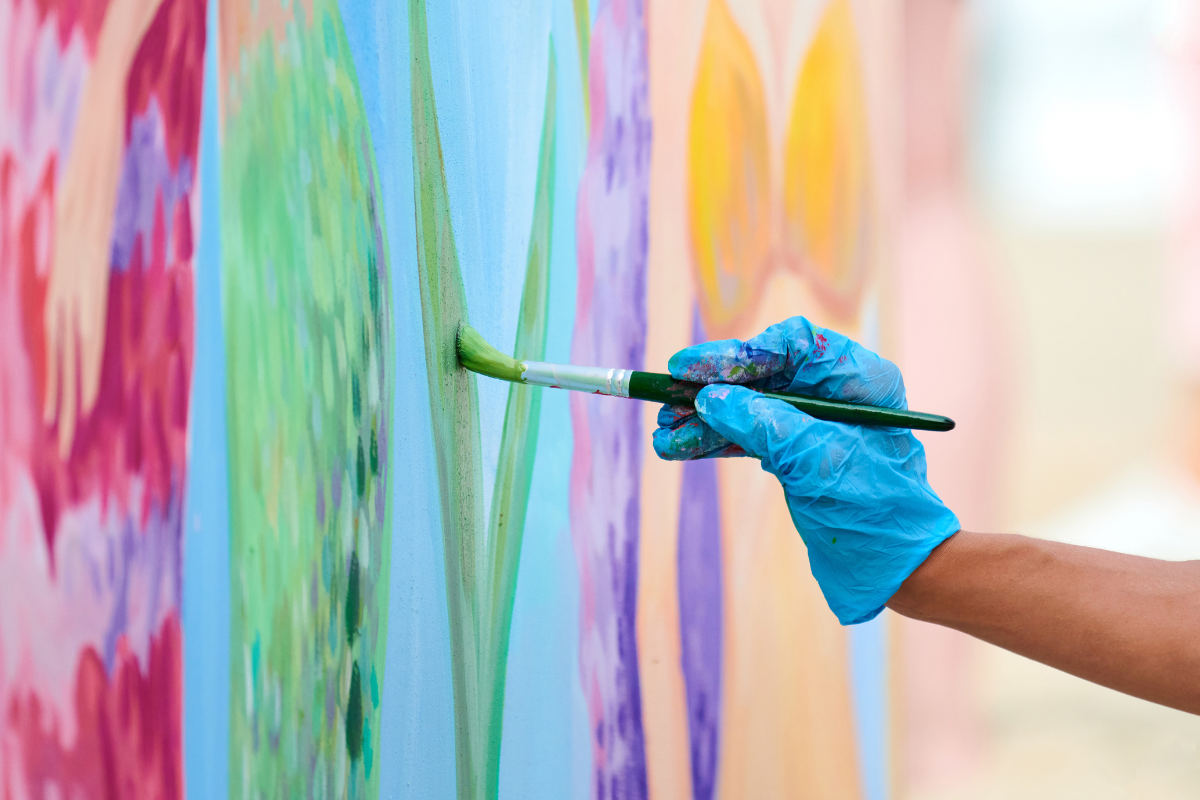
Photo: travelarium via iStock
Fresh calls for arts funding reform
While arts professionals debate if arts council funding should consider a two-tiered system, a group of academics suggest a move away from competitive funding models is the answer.
Arts professionals and academics are sharing their ideas for how future funding and investment programmes should be delivered amid calls for current competitive funding approaches to be changed.
Earlier this week, former Artistic Director of the National Theatre, Nicholas Hytner, became the latest arts professional to suggest a new funding model for Arts Council England (ACE) in an opinion piece published by the Guardian, leading to fresh debate in the sector.
Meanwhile, in a report published by Arts and Humanities Research Council (AHRC) last week, a team of academics from Northumbria University said a move away from competitive funding models towards cross-sector collaboration is key to supporting future cultural activity.
READ MORE:
Calls for a switch up in how arts funding is designated have increased since the announcement of ACE’s latest National Portfolio in November.
Application to the investment programme is a competitive funding process, which saw 610 organisations that applied for funding miss out, and funding redistributed away from London following government instruction.
At the time of ACE’s announcement, the government’s Culture Select Committee said ACE and DCMS should consider a new funding model for arts and culture to ensure grassroots organisations do not miss out, noting that grassroots organisations in deprived areas are experiencing “serious financial risk”.
Writing in The Guardian, Hytner said ACE should focus on supporting high-quality performances while a new body deals with community-based initiatives, adding that he “doesn’t know a single subsidised arts organisations in the country that feels financially secure”.
He suggested a two-tier system similar to that in sports is adopted, where UK Sport finances performance at elite level and Sport England invests in physical activity as a part of everyday life.
He called on a potential future Labour government to overhaul the arts funding system and establish an organisation similar to Sport England alongside ACE.
“In doing so, recognise the importance of participation in the arts with its own funding stream, to which new community-based initiatives as well as established education and outreach programmes can apply. And re-establish the arts in schools,” he wrote.
“Meanwhile, focus the Arts Council’s existing grant on making the best possible art by professional artists for the most diverse possible audience."
Hytner’s suggestion has split opinion online.
While some have responded to his article in support of the idea, others have said a two-tier system could see funding opportunities become more exclusionary.
But there is widespread agreement for the need for further government investment. Former ACE Disability Champion Andrew Miller tweeted that ACE can and should be both a community arts agency and high arts funder, but added “the arts funding system needs greater investment from government that recognises the global value it generates”.
“As well as the big events we are global leaders in inclusive arts with the most advanced disability arts network anywhere. Breaking up the remit of ACE would place that work at risk. The arts should pull together to demand increased support not splitting off into ivory towers,” Miller added.
R&D funding reform
The AHRC-published report, By All, For All: The Power of Partnership, advocates for improved collaboration between academic and non-academic cross-sector partners to improve the provision of research and development in the sector.
The report says rethinking funding, partnerships, and models of R&D “is crucial to harnessing the innovative potential of Arts and Humanities R&D today”.
Among a series of policy recommendations is a move away from funding models that encourage a competitive approach, which the report says lead to all individual parties counter bidding against each other.
Instead, it suggests a move towards a model that encourages and rewards R&D that collaborates across sectors and working with communications.
It is hoped a non-competitive funding model, and therefore greater collaboration, would generate better data and evidence capture.
“We need better, more accessible data and evidence to make the case for supporting culture and the arts more broadly, and for incentivising participation in cross-sector R&D around this area,” the report says.
The report also says bringing together diverse partners with the shared aim of generating economic and social value would support new cultural activity, while also enhancing the quality and resilience, reach and sustainability of research innovation.
“This project turns a corner for our investment in the creative economy, championing the role of communities themselves, and making clear recommendations for improved coherence in our funding,” AHRC Executive Chair Professor Christopher Smith said.
Join the Discussion
You must be logged in to post a comment.